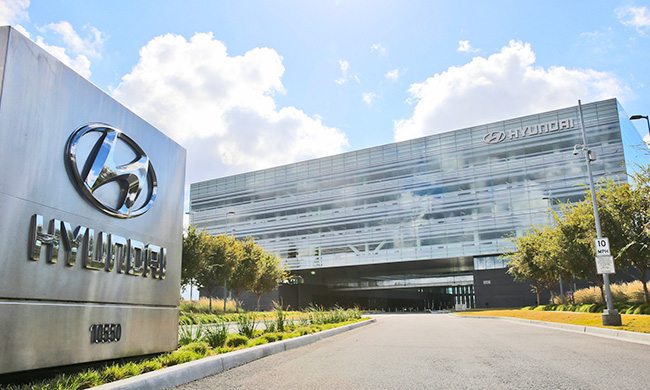Through Bell’s connectivity, the car makers will offer security, safety, diagnostics and infotainment services.
Canadian telco Bell has signed an agreement with Hyundai AutoEver Telematics America (HATA), a subsidiary of Korea’s Hyundai Motor Group, to deliver a range of connected telematics services including security, safety, diagnostics and infotainment to select Hyundai and Kia vehicles over Bell’s national mobile network.
The telco said that these capabilities will be available in the coming months in Hyundai and Kia cars, SUVs and crossovers via Hyundai’s BlueLink and Kia’s UVO IntelligenceTM in-vehicle services.
Bell said its wireless technology will power safety and security services such as emergency roadside assistance and automatic collision notification, and connect a suite of services including remote start, climate control, local search, remote door lock/unlock, maintenance alerts and on-demand diagnostics.
“Hyundai’s BlueLink brings connectivity directly into the vehicle, allowing drivers and passengers a seamless technological experience on the road,” said Don Romano, president and CEO, Hyundai Auto Canada Corp. “BlueLink takes advantage of Bell’s national mobile network to reliably deliver a range of services to improve safety, comfort and convenience for Hyundai customers coast to coast.”
Subscribe now to get the daily newsletter from RCR Wireless News
“By adding Bell’s reliable and built-in wireless connection, we can provide our customers with an innovative driving and riding experience, from safety and diagnostics to the integration of third-party apps,” said Ted Lancaster, VP and COO, Kia Canada. “This built-in mobile experience will be free for the first 5 years and will enhance our lineup,” he added.
Bell Mobility has been working with HATA over the last 3 years to help launch these connected car solutions, assisting in their design, certification, testing and provisioning.
Bell and the internet of things
Bell currently has an active presence in the IoT sector. Applications offered by the company include connected vehicles, smart city services, smart metering, asset tracking, supply chain management, security and alarm monitoring, transportation and logistics, and personal wearables for healthcare and accessibility applications.
Earlier this month, Bell announced it will launch an LTE-M network in 2018 that will further improve the efficiency of IoT devices by enabling very low power consumption and better coverage in underground and other hard to reach locations.

